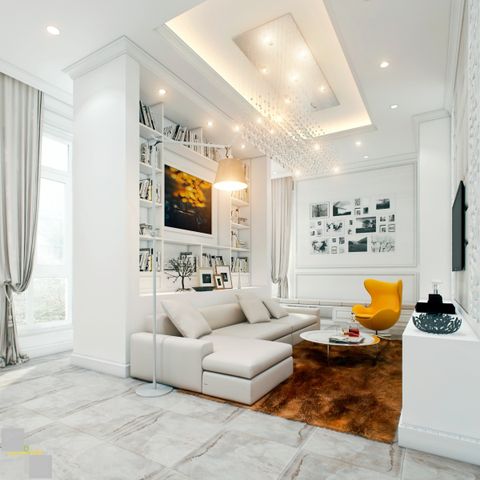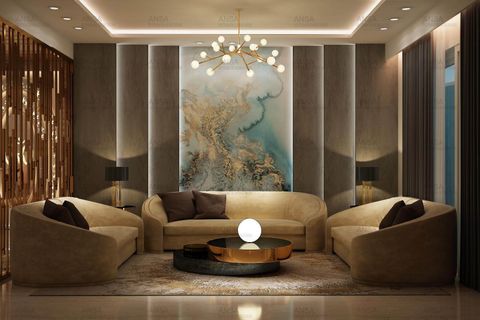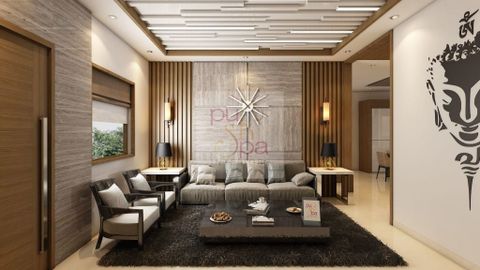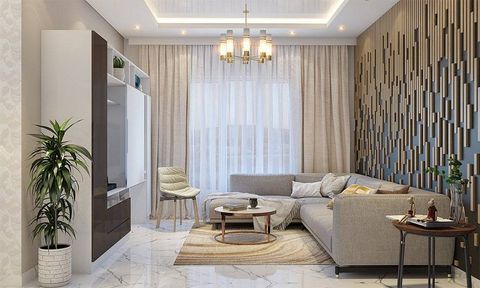Your drawing room should be more than just a place to sit; it should be a reflection of your personality and style. Layering textures and patterns is the secret ingredient that elevates a room from bland to breathtaking. It’s about creating a sensory experience, a space that invites you in and makes you want to stay. Let’s explore how to do it right.
Think of your drawing room as a canvas. The walls, the furniture, the rugs – they’re all waiting to be brought to life with layers of interest. Layering isn’t just about adding pretty things; it’s about creating depth, visual interest, and a sense of comfort. When done well, it makes a room feel complete, lived-in, and incredibly inviting. Its about making a space that speaks to you and everyone who enters.
Understanding the Basics: Texture and Pattern
Before diving in, let’s define our terms. Texture refers to the way a surface feels – or appears to feel. Think rough linen, smooth velvet, nubby wool, or shiny silk. Pattern, on the other hand, is a repeated design. This could be anything from a floral print to a geometric motif, a stripe, or even a subtle weave. The trick is to use both thoughtfully and with purpose.
Texture is key to adding warmth and comfort. A room full of smooth surfaces can feel cold and uninviting. Adding some rougher textures, like a chunky knit blanket or a woven basket, can instantly make the space feel cozier. Pattern, on the other hand, adds visual excitement and can help to define the style of the room. Don’t be afraid to mix and match different patterns, but make sure they complement each other in terms of color and scale.
Building a Foundation: Start with the Big Pieces
Begin with your largest elements: the walls, flooring, and main furniture pieces. These form the backdrop for everything else. A neutral rug can be a great foundation, but don’t be afraid to use a patterned rug if it suits your style. For walls, consider textured wallpaper or a subtle paint finish. And when choosing your sofa and chairs, think about the fabrics – a mix of linen, velvet, and leather can create a rich, layered look.
Example: A room might start with hardwood floors, a large sisal rug, and a neutral linen sofa. These are your foundational layers, providing a simple and elegant base to build upon.
Adding Depth with Textiles: Pillows, Throws, and Curtains
Textiles are your best friends when it comes to layering. They’re relatively inexpensive and easy to swap out, making them perfect for experimenting. Use pillows in different sizes, shapes, and textures to add interest to your sofa. Drape a throw blanket over the arm of a chair for a touch of warmth and comfort. And don’t forget about curtains – they can add both texture and pattern to your walls.
Pro tip: Vary the scale of your patterns. Pair a large-scale floral print with a smaller geometric pattern for a balanced look. and remember, odd numbers often look best when arranging pillows and throws!
Bringing in Natural Elements: Wood, Stone, and Plants
Nature adds an undeniable layer of richness and authenticity to any space. Incorporate wood furniture with visible grain, stone accents (like a coffee table or fireplace surround), and plenty of plants. Plants not only add visual interest but also help to purify the air and create a sense of calm.
Example: A wooden coffee table with a live edge, a stone vase filled with flowers, and a large potted plant in the corner can all contribute to a more layered and inviting space. Even branches in a vase can do the trick.
The Power of Accessories: Small Details, Big Impact
Accessories are the finishing touches that tie everything together. Think about adding textured baskets, woven trays, ceramic vases, metal accents, and artwork with varying textures and colors. Don’t be afraid to mix and match different styles and materials. These little things make a big difference. They show your style and it shows what you like.
Remember: Group items in odd numbers for a more visually appealing arrangement. And don’t be afraid to edit – sometimes, less is more. A cluttered room can feel overwhelming, defeating the purpose of layering.
Balancing Act: Avoiding Overwhelm
The key to successful layering is balance. You don’t want your room to feel cluttered or overwhelming. Here are a few tips for achieving harmony:
- Color Palette: Stick to a cohesive color palette. This doesn’t mean everything has to be the same color, but it should all work together harmoniously.
- Scale: Vary the scale of your patterns and textures. Mix large-scale prints with smaller, more subtle textures.
- Negative Space: Don’t be afraid to leave some empty space. This will give your eyes a place to rest and prevent the room from feeling too busy.
- Edit: Step back and assess your room. Is there anything that feels out of place or unnecessary? Remove it.
It’s a balancing act for shore, and it might take sum time to get right.
Layering textures and patterns is an art, not a science. There’s no one-size-fits-all approach. The most important thing is to create a space that reflects your personal style and makes you feel comfortable and happy. Experiment, play around with different combinations, and don’t be afraid to break the rules. With a little practice and creativity, you can transform your drawing room into a layered oasis that you’ll love spending time in for years to come. Have fun with it and let your personality shine through!














